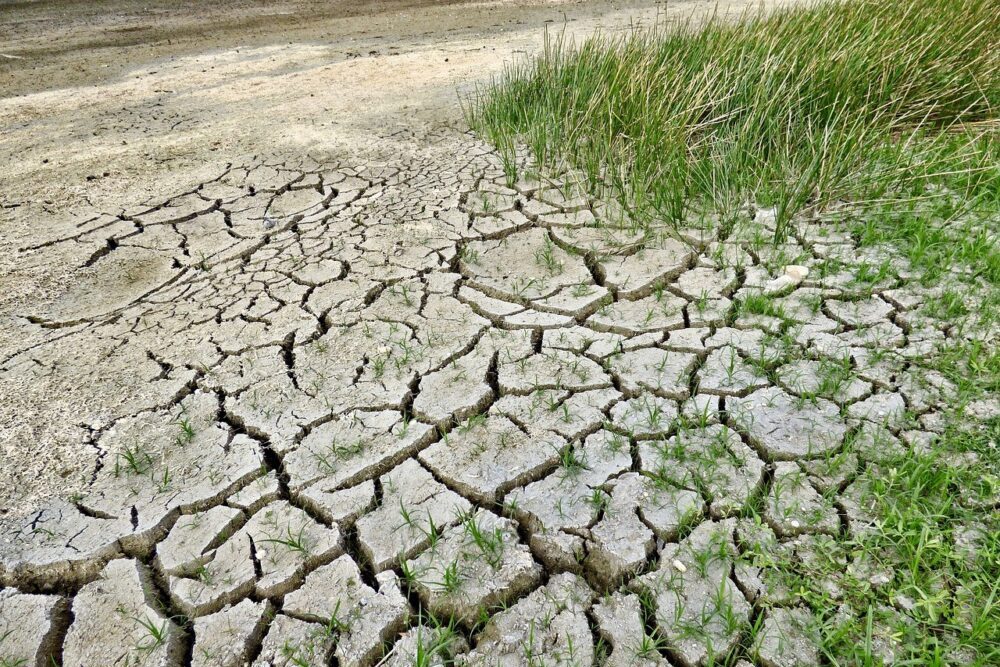Valley Climate risk -Index 2025Published by the German NGO Germanwatch, it emerges that Italy is the European country that is most affected by the climatic crisis. Waves of warmth, floods and extreme phenomena have caused more than 38 thousand deaths and damage for $ 60 million
Italy under siege: The price of the climatic crisis
Italy brings a very heavy tribute due to global warming. The territory is increasingly vulnerable to extreme phenomena that taxes both the population and the economy. The relationship Climate risk It emphasizes the dramatic impact of heat waves, responsible for tens of thousands of deaths, with two volumes in particular that stand out in the collective memory.
In 2003, a summer of fire Italy and Europe overwhelmed, with thousands of deaths, especially among the elderly and the most vulnerable people. A scenario that has been repeated with an even greater intensity in 2022, when record temperatures 45 ° C exceeded different regions of our country, causing devastating fires, unprecedented water stress and an unparalleled agricultural crisis.
Italian cities, with their high building density and massive cementation, reinforce the problem. The effect Heat -Island Urban, caused by the absorption and long -term release of the heat through the artificial surfaces, further worsens the situation, making the metropolis of real thermal traps. The consequences are tangible: increase in mortality, difficulties for the agricultural sector, increasingly frequent water crisis.
But the scorching heat is not the only enemy.
A country between two extremes: drought and floods
If the heat kills, the water is no less ruthless. Italy is with an increasingly unstable climate system, characterized by an alternation between chronic drought and devastating floods.
In 2023, theFlood in Emilia-Romagna It represented one of the worst natural catastrophes of the recent history of the country: twenty flooded rivers, thousands of evacuated and damage estimated in more than 8 million euros. An event that brought one of the most productive regions of Italy to its knees and reveals the vulnerability of a territory that is increasingly exposed to the whims of the climate.
But excesses of water are not the only problem. 2022 was the year of the great drought, with the PO -River reduced to historic lows and a water habit that hit millions of citizens. The crops are decimated, the attached water reserves and the ration of the water has brought entire communities into difficulty.
These two apparently opposite phenomena are actually the two sides of the same crisis. Global warming changes the water cycle, intensification periods of drought and making the rains more unpredictable and more violent. The result is a destabilization of water resources that threatens the food safety of the country and the environmental balance.
Mariagrazia Midulla, climate and energy manager of WWF ItaliaDo not use small terms to comment on the situation:
«Mediterranean countries are among the most exposure to the extreme effects of climate change. THE‘Increase in their frequency and intensity is no longer one‘Hypothesis, but a certainty. The north of the Mediterranean also pays a very high price, with devastating effects on the population and economic activities ».
What solutions for the future?
The climatic crisis is not a future threat: it is already there and it redefines the way we live. To deal with it, Italy must act with determination and take on sharp and long -term strategies.
Midulla appeals to the institutions:
«We hope that this data encourages the government and the parliament to urgently intervene, to strengthen climate policy and take on a leading role at international locations such as the G7 and the G20. THE‘Reduction of greenhouse gas emissions is no longer deferred ».
The priorities to face the climatic crisis are unambiguous and no longer postpone. A systemic dedication is needed that includes institutions, companies and citizens, with sharp actions on different fronts: drastic reduction of emissions, large -scale energy transition, mitigation of extreme events and investments in resilient infrastructures.
The gradual leaving of fossil fuels in favor of renewable sources represents the pillar on which a sustainable future can be built up. It is necessary to accelerate the development of solar, wind and hydro-electric energy, making them accessible and competitive, while improving the electrical network must guarantee efficiency and stability.
At the same time, a decarbonization of industrial and transport sectors is crucial, through electrification, the improvement of public mobility and the promotion of zero emission solutions.
The climatic adjustment plan to combat climatic crisis
The adaptation to the effects of climate change is equally essential. The Climate adjustment planO It must be reinforced with strategies for the management of hydrogeological risk, the protection of water resources and the defense of urban and agricultural areas against the effects of extreme events. Prevention measures such as reforestation, redevelopment of the territory and the implementation of green infrastructures can reduce the impact of flooding and contrast desina determination.
Finally, the contrast with the climatic crisis cannot be separated from a solidarity and global dimension. Italy, together with other industrialized countries, has the responsibility to support the most vulnerable countries, already destroyed by the effects of global warming. This means guaranteeing financing for climatic resilience projects, promoting technological transfers for clean energy and supporting international cooperation programs for the reduction of climatic poverty.

